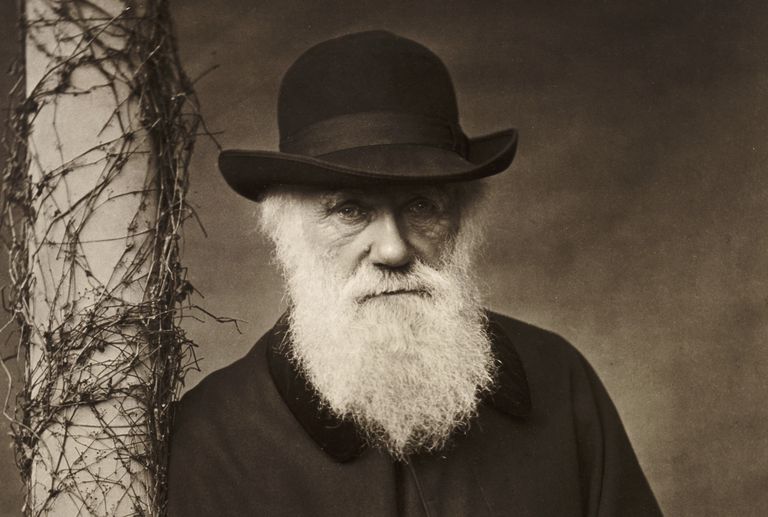Background
One of the most controversial issues confronting the Victorian era was the conflicting theories of evolution. This controversy was brought into public prominence in 1859 when Charles Darwin published his Origin of Species. That being said, he did not publish these thoughts within a void- the controversy of evolution was rumbling for years prior to the publication of Origin. However, Darwin’s work caused the issue to reach its prominence because of his massive amounts of evidence.
There was a good deal of opposition to Darwin’s theory of evolution and natural selection. First, there were religious leaders who believed that his theory went against a direct interpretation of the Bible. Second were the scientists who believed that his theory was simply unsound. Darwin, however, also had many powerful supporters, including the scientists T.H. Huxley and John Tyndall.
The Origin of Species was written nearly twenty years after Darwin returned to England from his voyage as a naturalist to the South Seas on the HMS Beagle. It was during this voyage that Darwin used his observations of different animals and life forms to construct his hypothesis that would eventually lead to the thesis of Origin.
For my list, I’ve decided to focus on “Struggle for Existence” and “Recapitulation and Conclusion.”
Thesis
Darwin defines the “struggle for existence” as a general term for multiple truths, “including dependence of one being on another, and including (which is more important notably the life of the individual, but success in leaving progeny” as well as the struggle against agents of destruction including members from the same species, members from other species, and “the physical conditions of life.” Darwin argues that there must be some destruction, or else, because of the high rate of increase that each species populates itself, the world would be unable to support so many individuals. The amount and existence of a given species in a given space is largely determined by the other species living in the same area. He notes that bushes growing in a specific area near the water is not by chance but is actually the result of numerous struggles between numerous different species. Finally, Darwin argues for the mutability of species and that all lifeforms currently extant have descended from a “primordial form.”
Notes & Quotes
- Darwin seems hyper-aware of the religious controversy in which Origin was eventually involved. He argues that Christians should be able to find his theories comparable with their own beliefs: “To my mind it accords better with what we know of the laws impressed on matter by the Creator, that the production and extinction of the past and present inhabitants of the world should have been due to secondary causes, like those determining the birth and death of the individual.. There is grandeur in this view of life, with its several powers, having been originally breathed by the Creator into a few forms or into one…”
- His argument that “all living things have much in common” must have been shocking, especially considering racial, gender, and class constructs. In Jekyll and Hyde, Dr. Jekyll undergoes a reverse evolution and becomes not only a criminal, but a lower class, racialized monster. Although these two personas were very different from each other, Stevenson makes a point to note that Hyde was always a part of Jekyll. I wonder how much these slippages into madness and sin that figure into gothic literature grew out of Darwin’s theories.
- I also think that the quote above (“all living things have much in common”) could influence ecogothic literature. For example, this allows for an easy degeneration as a result of one’s contact with a degenerating agent or influence from another species (like the one experienced by Jekyll, above).
